Table of Contents
- What does "loose leash walking" mean?
- Common Issues and Their Causes
- Step-by-Step Training
- The Right Leash & Equipment
- Introducing Puppies to the Leash
- Conclusion
- Info Box: 5 Common Mistakes
- At a Glance: Overview Table
What does "loose leash walking" mean?
A dog that walks on a loose leash moves calmly beside you—without pulling, stopping abruptly, or getting constantly distracted. It follows your pace and direction, and responds to your signals—without constant correction.
Loose leash walking isn't a trick. It's a form of communication, orientation, and relationship. It's built through consistency, trust, and regular practice—not force.
Common Issues and Their Causes
Many leash walking challenges stem not from "disobedience" but from:
- lack of orientation
- overstimulation
- inappropriate equipment
- inconsistent behavior from the owner
- tension from the handler
One core principle: your dog feels your focus. Leash training starts with you.
Step-by-Step Training
1. Start at the right moment
Begin in a quiet, distraction-free environment like your yard or a calm street.
2. Reward attention
Encourage every moment your dog pays attention to you—with praise, treats, or toys.
3. Stop when they pull
If your dog pulls, stop moving. Only continue when the leash is slack again.
4. Practice direction changes
Change direction often. This teaches your dog to focus and follow.
5. Keep sessions short and consistent
5–10 minutes of focused leash training is often more effective than long, chaotic walks.
The Right Leash & Equipment
Equipment can make or break your leash training success. It should be comfortable, safe, and fit your style.
- Classic Dog Leash – adjustable and suitable for both training and daily walks
- Classic Collar – padded, handcrafted, and gentle on the neck
- Classic Brown Dog Set – a stylish, matching set for elegant control

Introducing Puppies to the Leash
Puppies learn fast—but they’re sensitive. Begin early, but make it playful:
- Put leash & collar on indoors first
- Keep outdoor walks short and positive
- If pulling: change direction, don't yank
- Consistency and praise are key
Done right, the leash becomes a positive experience from the start.
Conclusion
Leash walking is built on trust, communication, and patience. If you offer clear guidance and use quality gear, you’ll create peaceful, enjoyable walks—for both you and your dog.
Info Box: 5 Common Mistakes When Walking on a Leash
- Rewarding pulling by continuing to walk
- Walking the same boring route every day
- Not paying attention—phone in hand, no guidance
- Only correcting—no praise for good behavior
- Using the wrong gear—too harsh or uncomfortable
At a Glance: Overview Table
| Best age to start | From approx. 8 weeks (for puppies) |
| Training sessions | 5–10 minutes, several times a day |
| Recommended leash length | 1.2 m to 2.5 m (adjustable) |
| Best collar | Padded, adjustable, genuine leather |
| Training environment | Start calm, then add distractions gradually |
| Goal | Loose leash, following the handler |
Discover our handcrafted leashes and collars for peaceful and stylish walks with your dog.


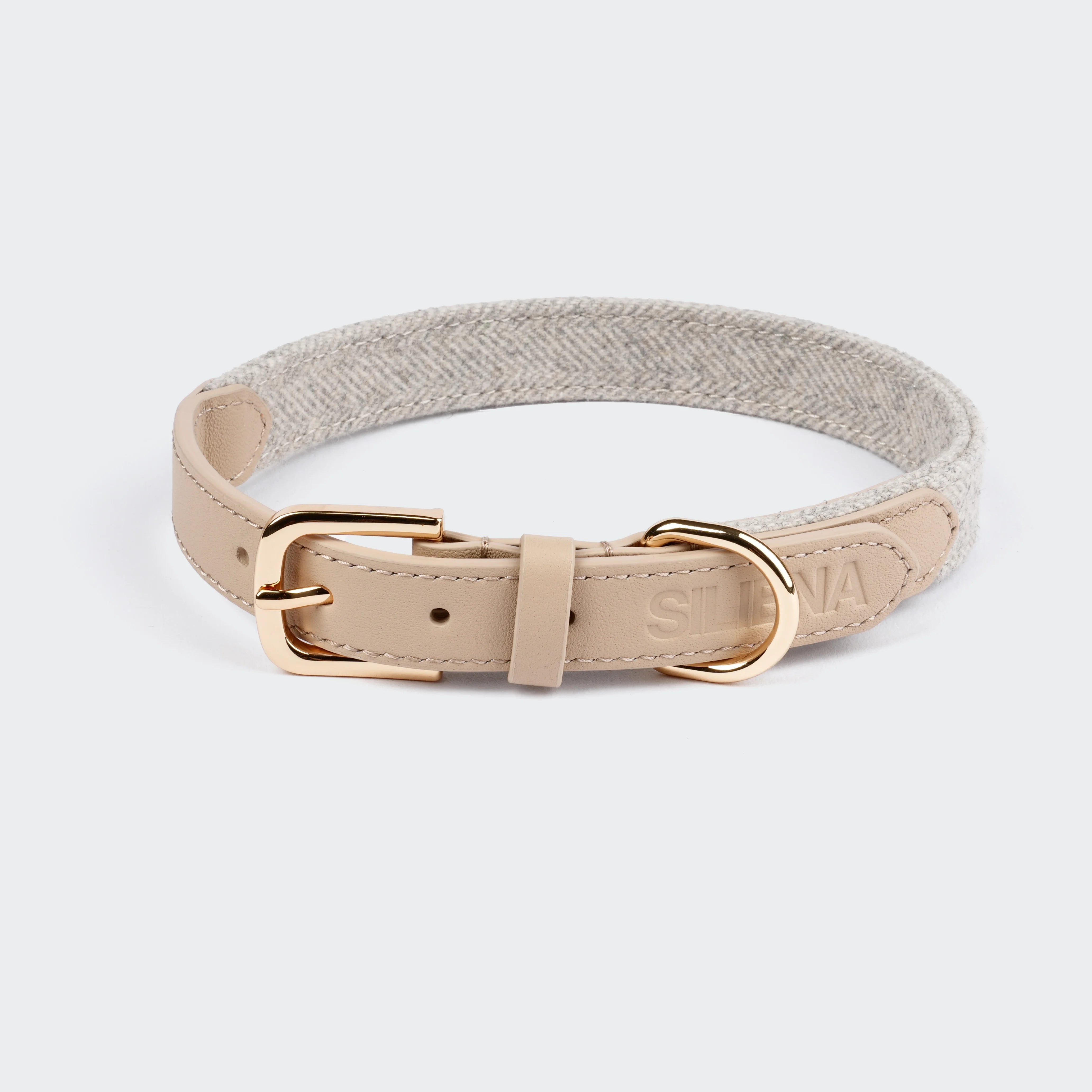
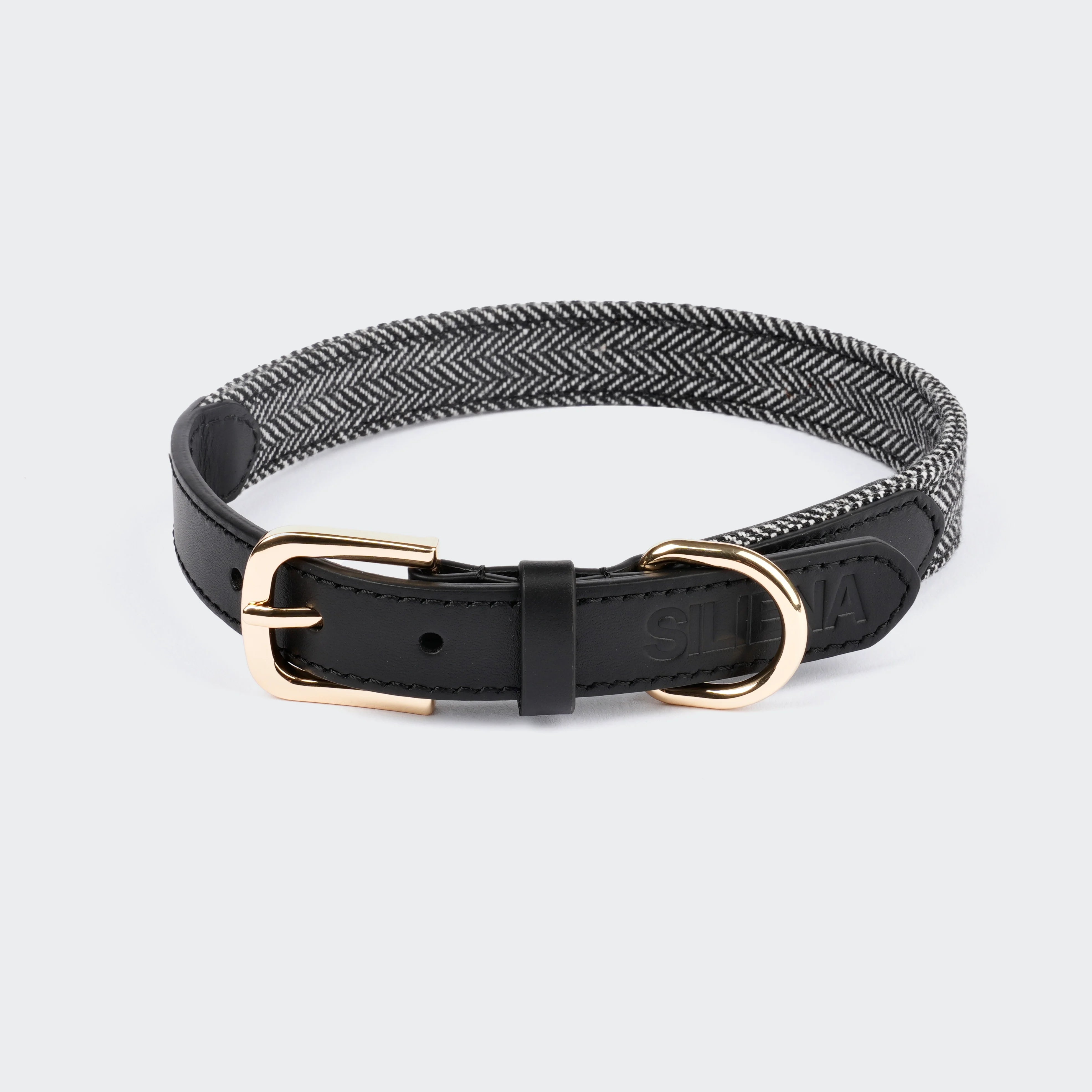
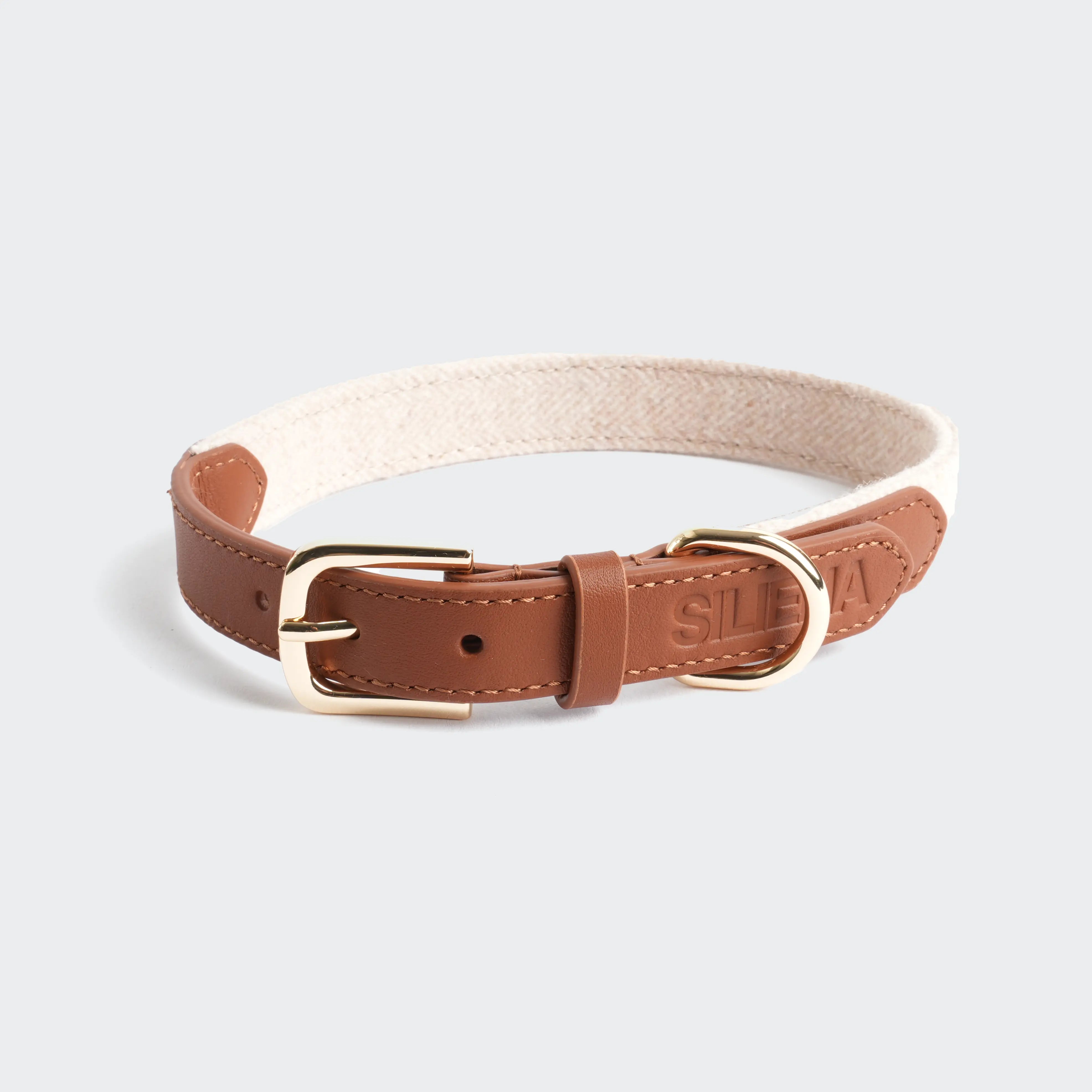
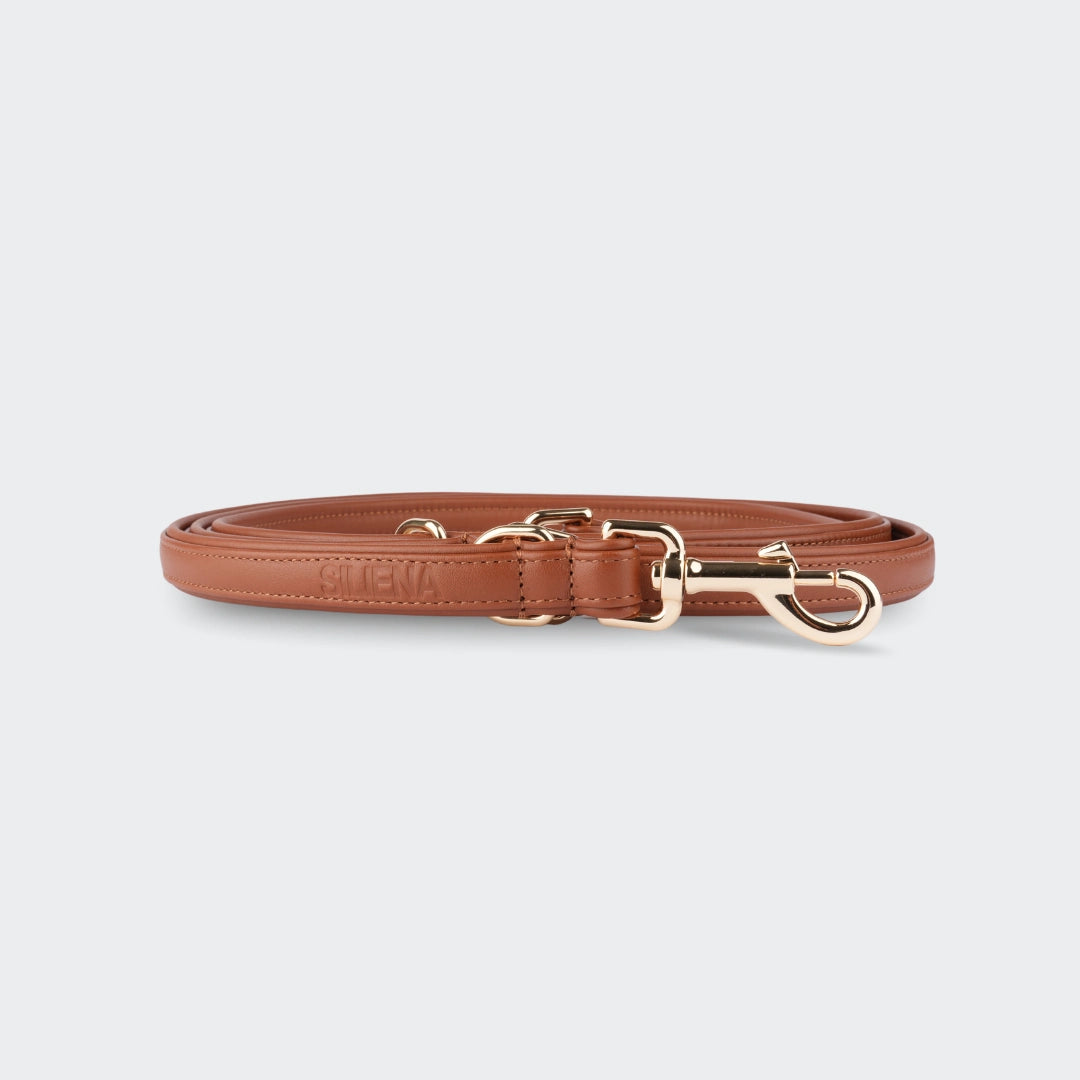
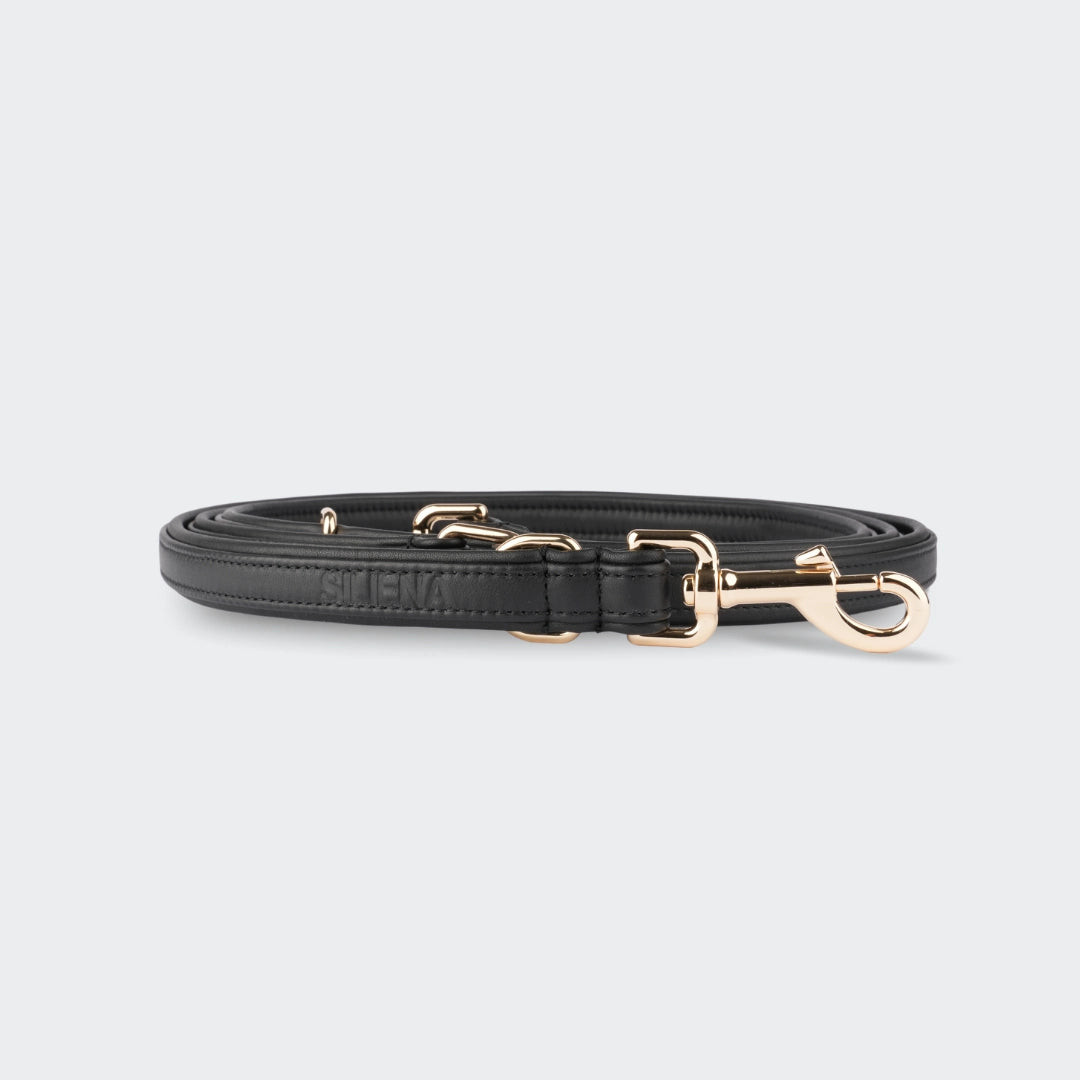
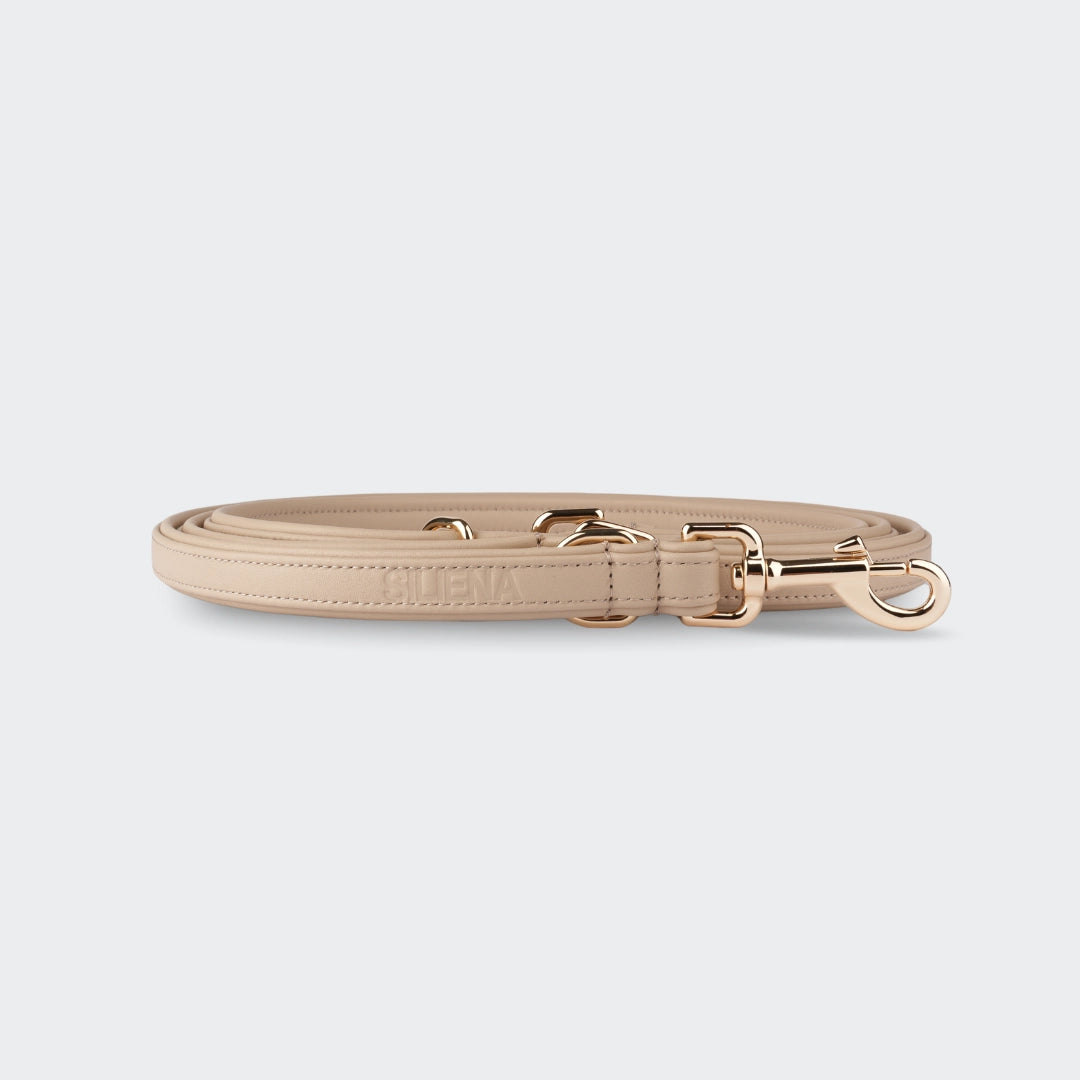
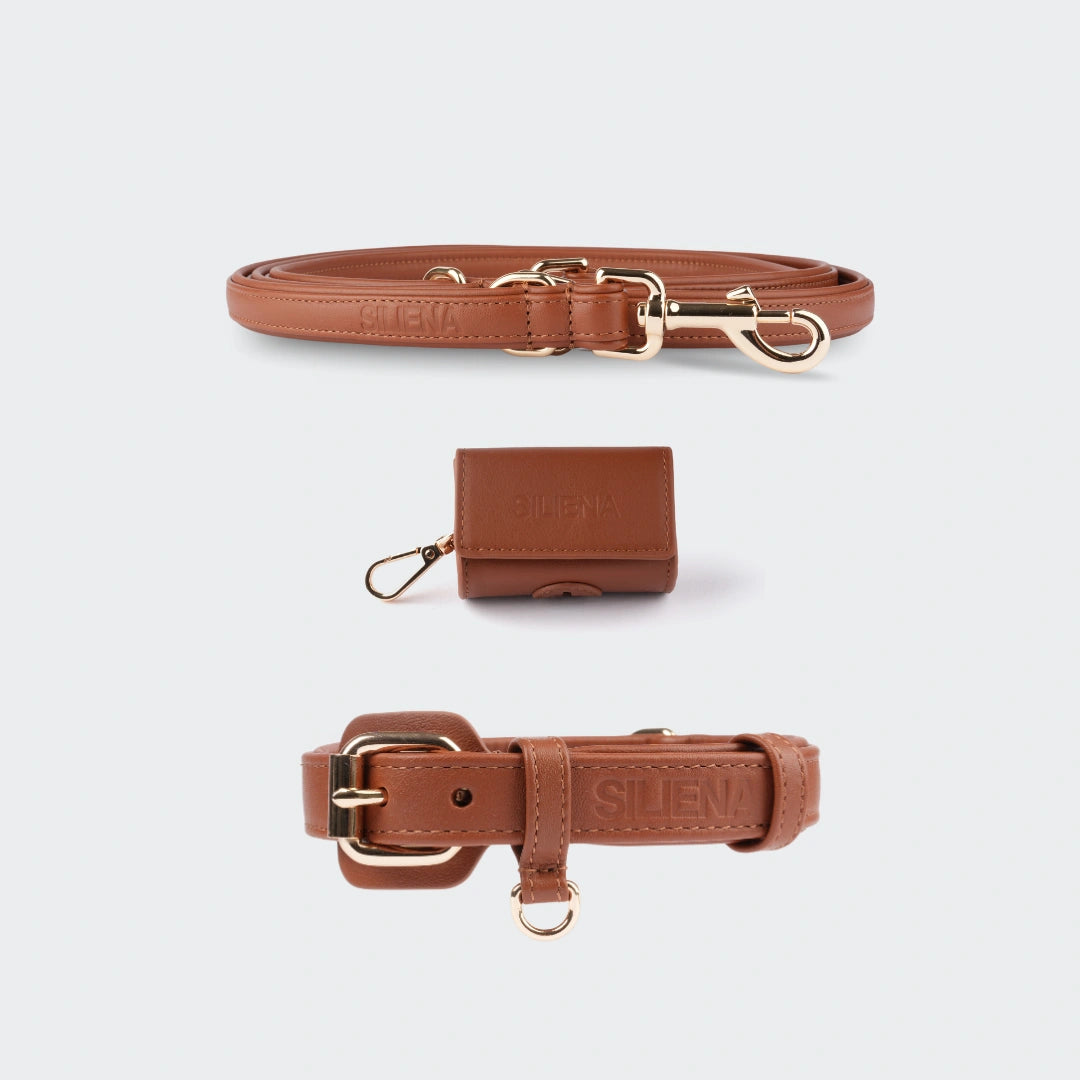
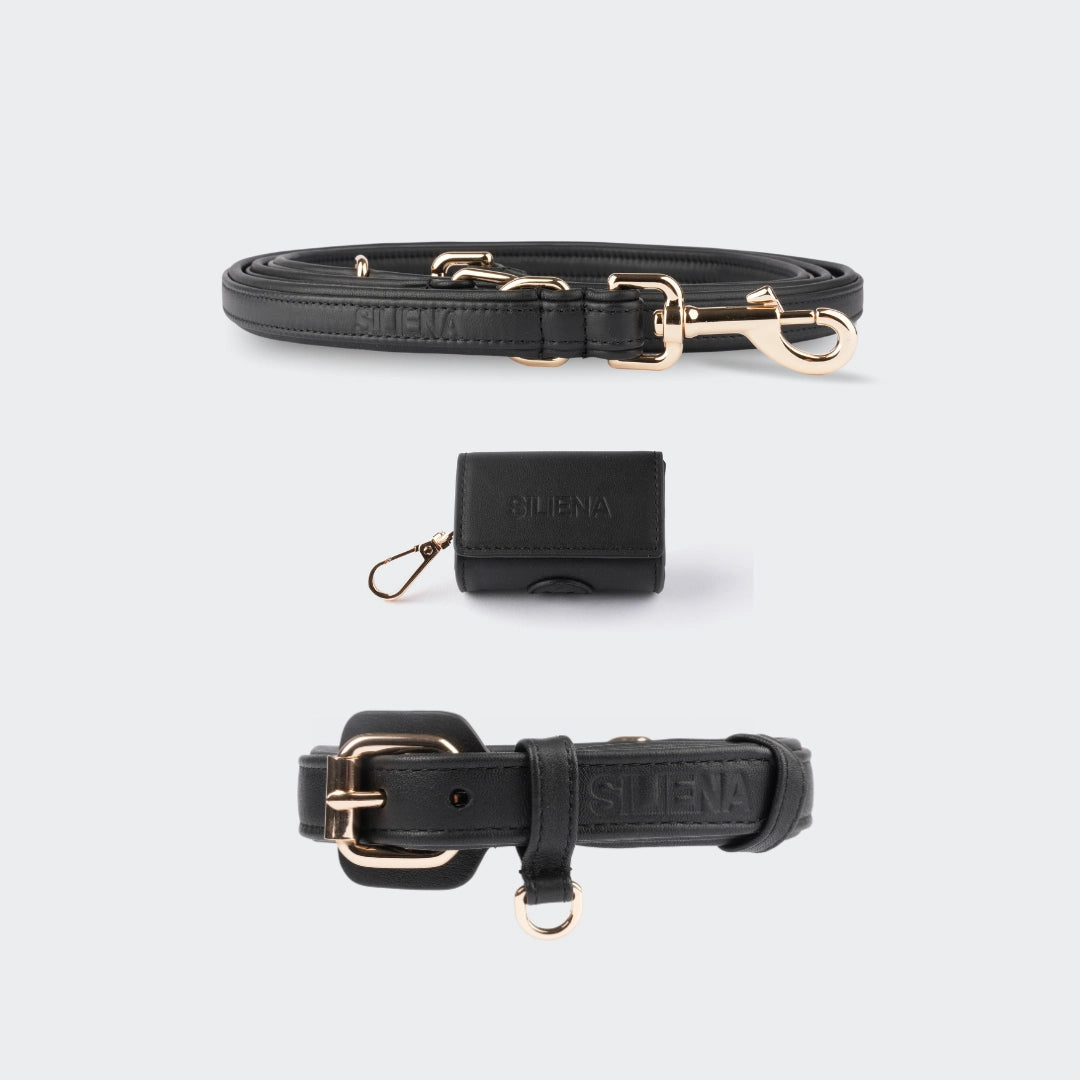
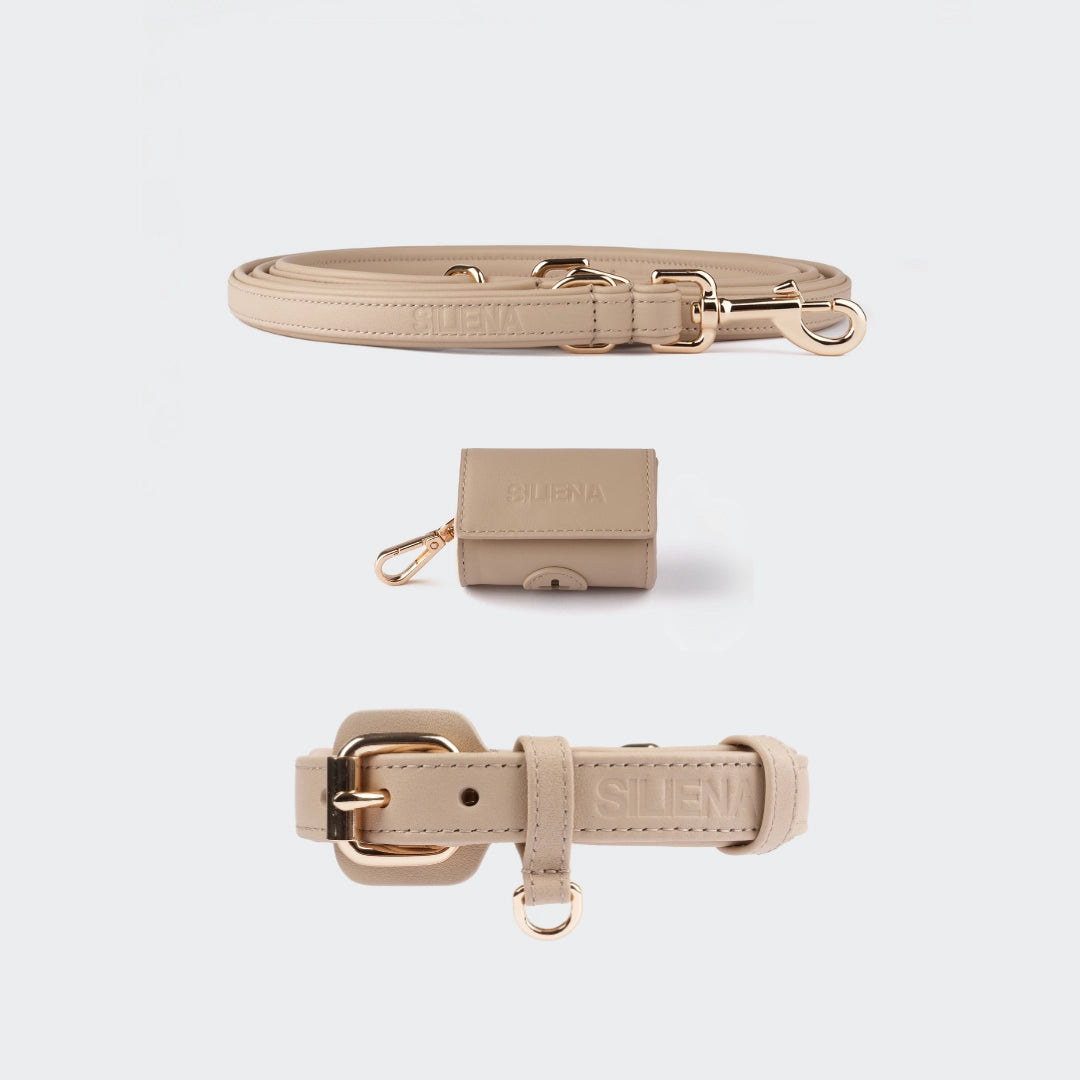
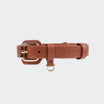
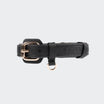
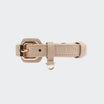
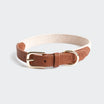
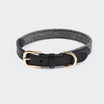
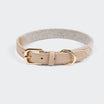
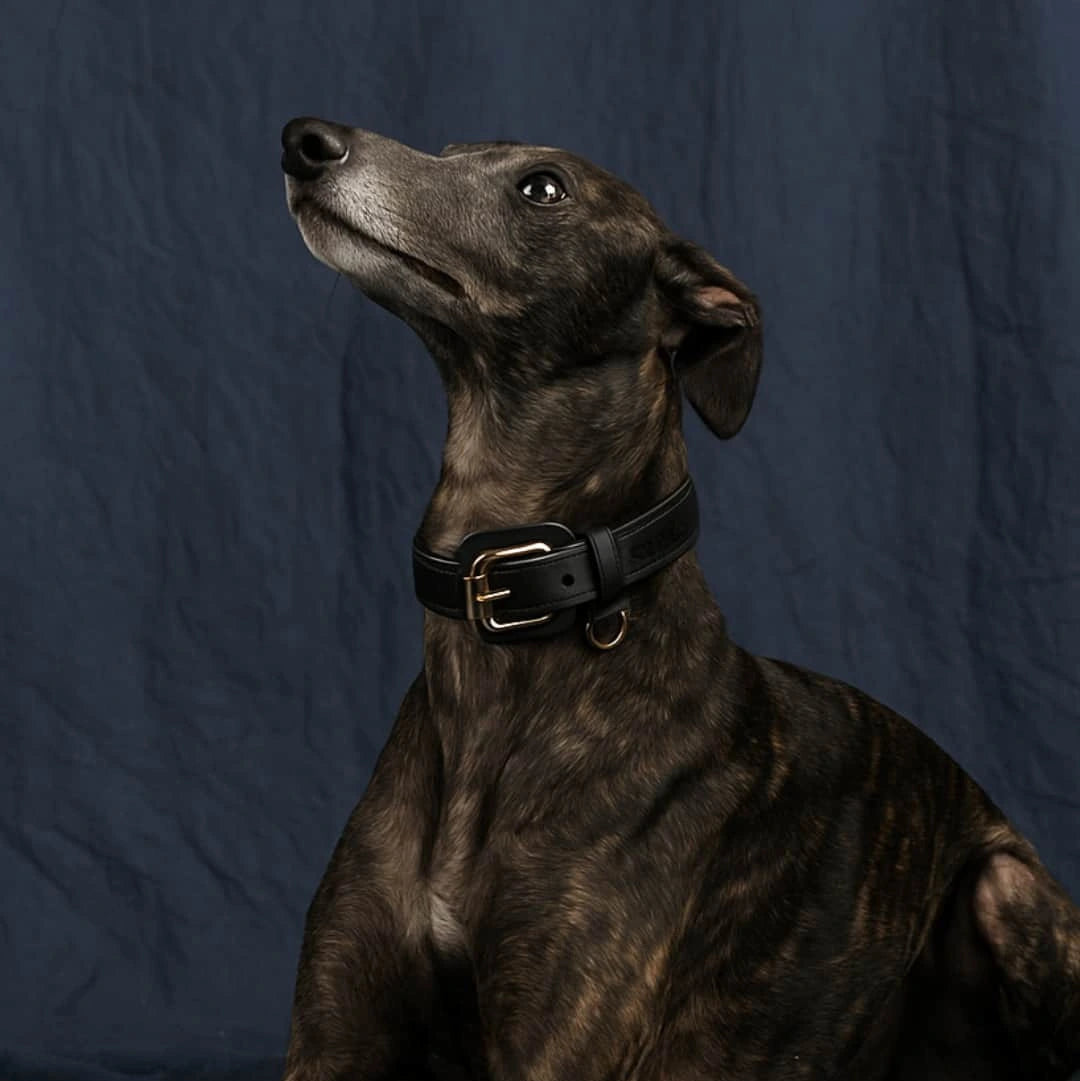
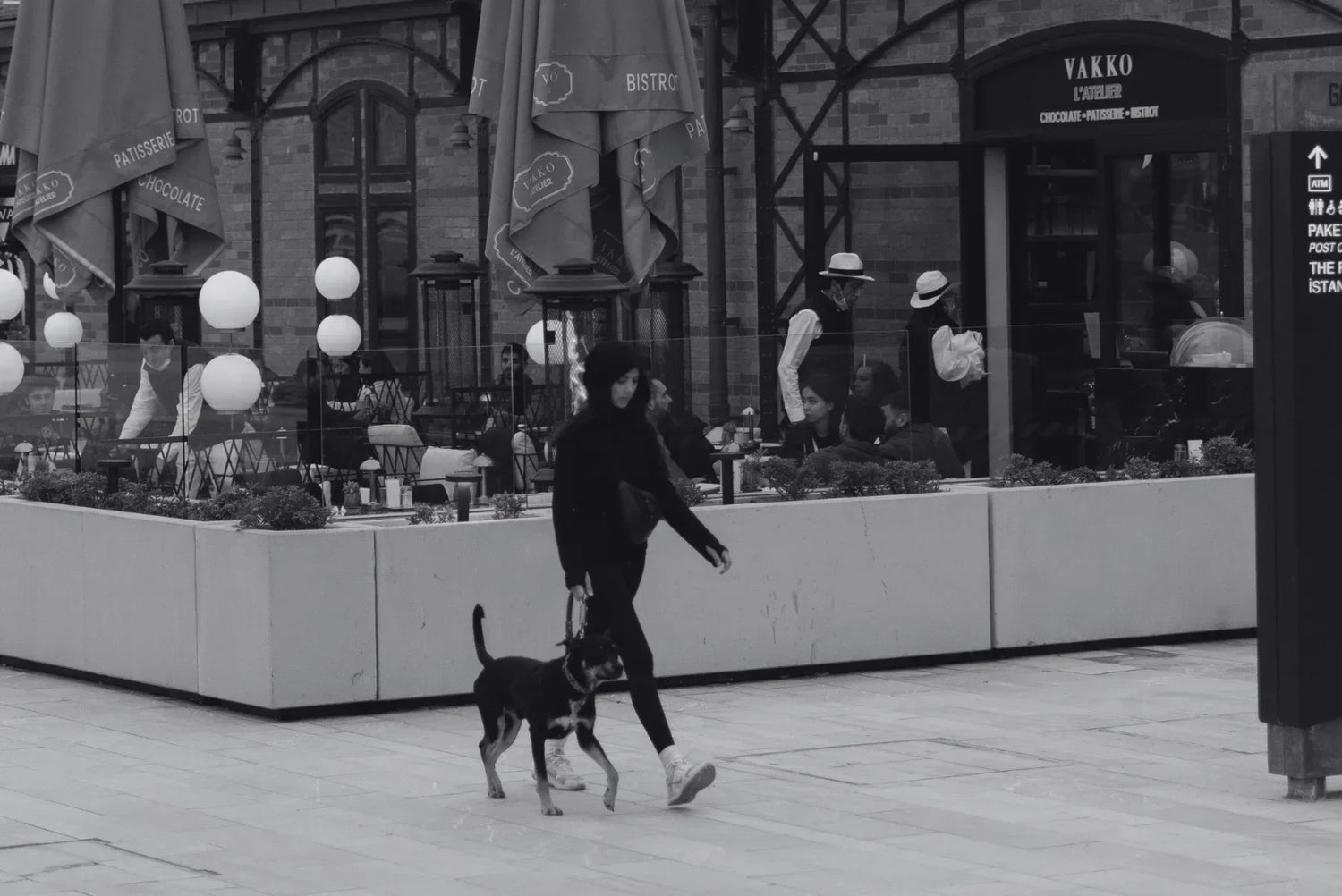


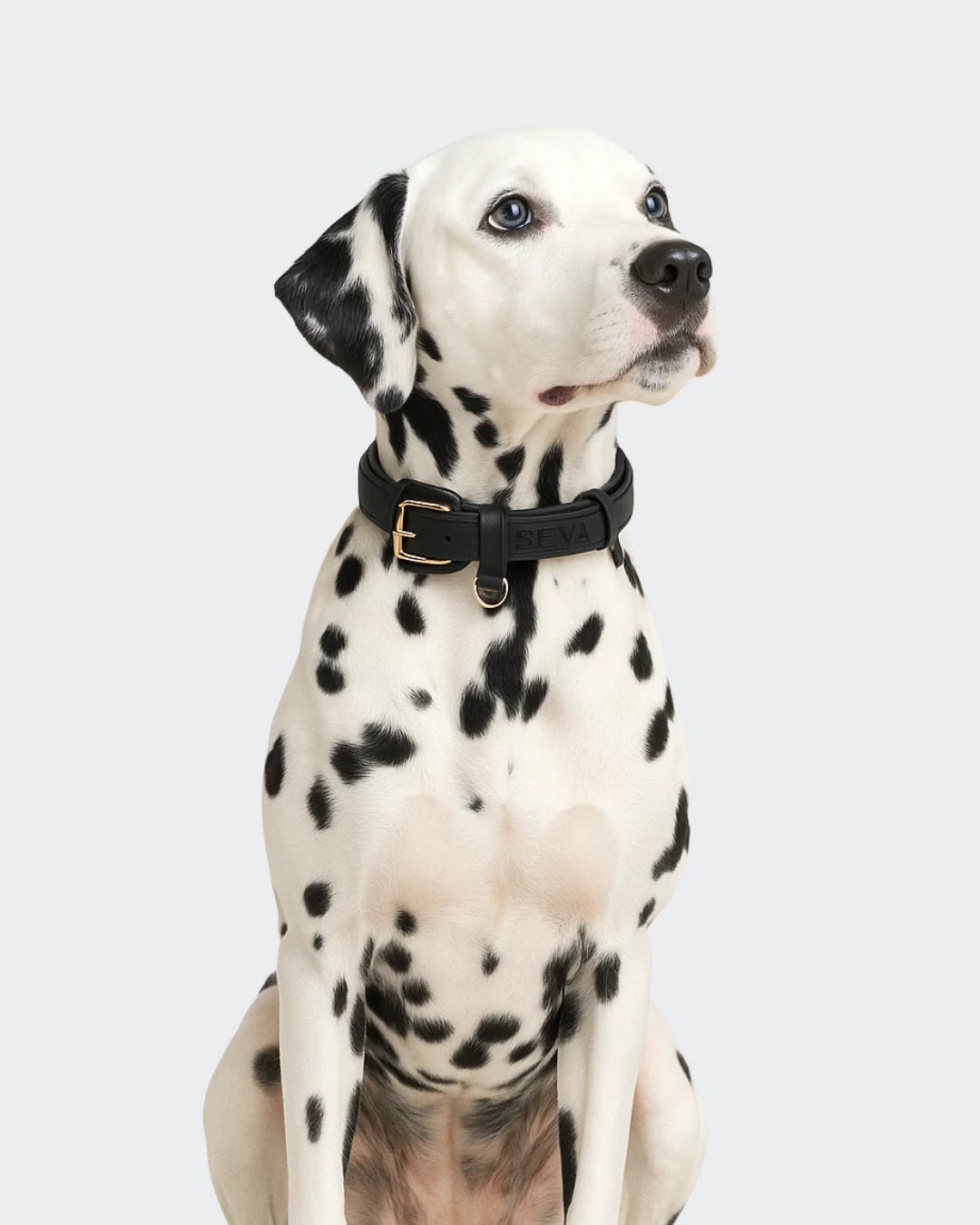
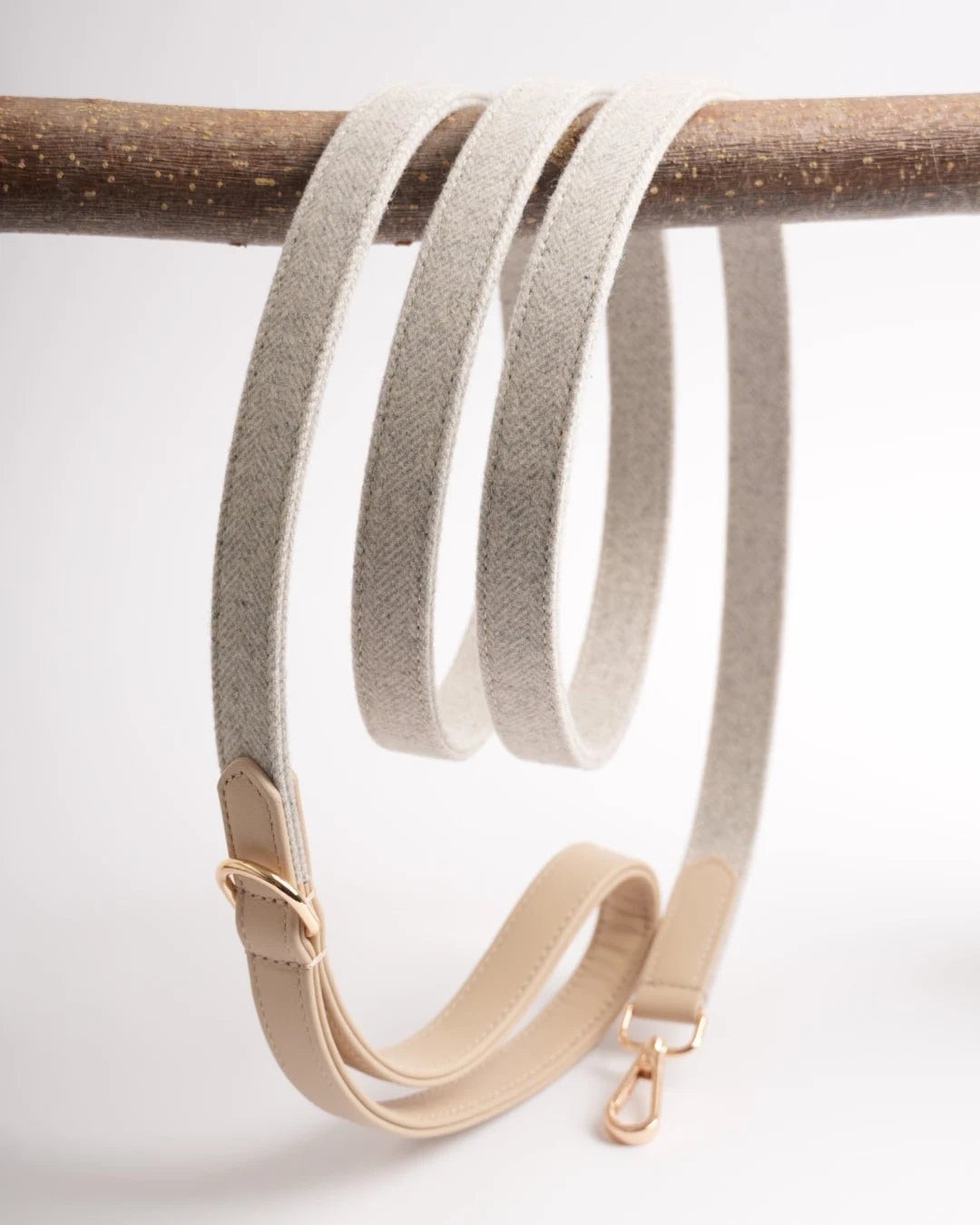
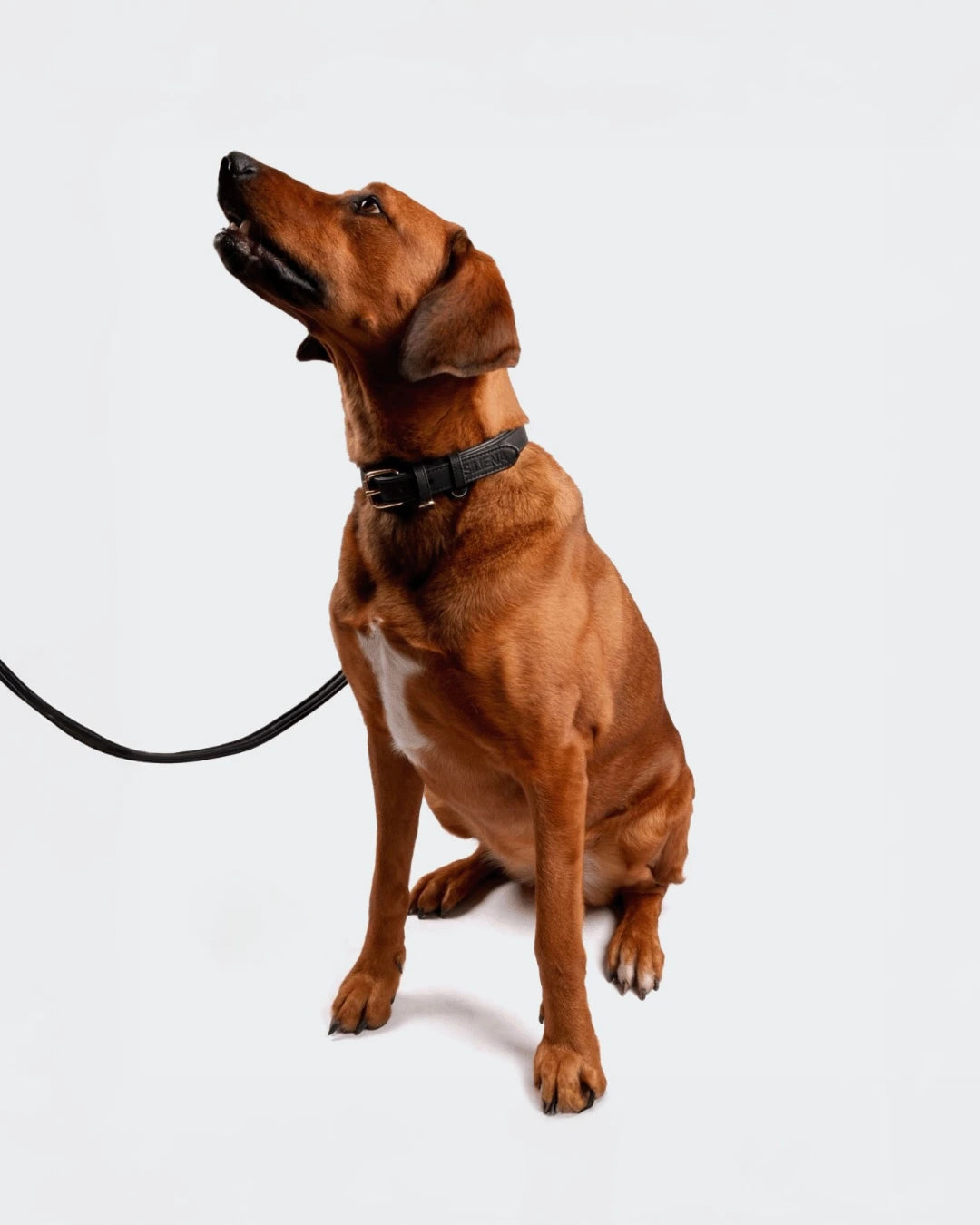
Leave a comment
This site is protected by hCaptcha and the hCaptcha Privacy Policy and Terms of Service apply.